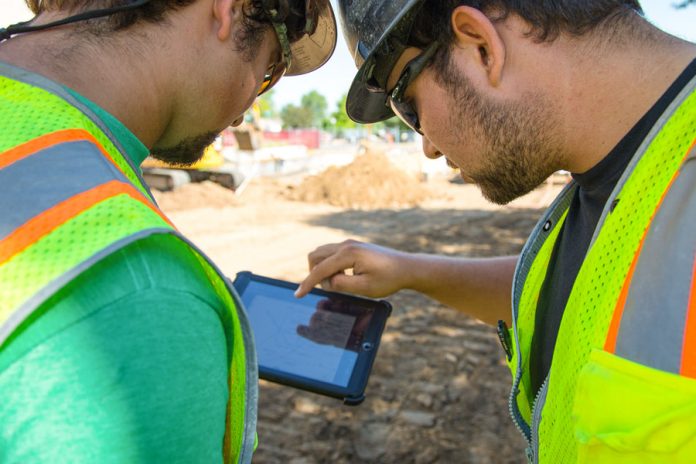Now more than ever, there is a need to adopt digital skills and techniques. Bluebeam explains how empowering clients can drive the digital construction industry
At the end of 2021, we started looking at digital transformation in construction in a new way. What if instead of relying solely on the industry to drive change, we could help clients to lead the way?
It is a question that we considered with the Chartered Institute of Building (CIOB). Our theory was that clients were well placed to drive change, for example using procurement to drive the behaviours and solutions that they wanted to see.
CIOB president Mike Foy has placed the topic of construction digitisation at the centre of his strategy during his term, and we worked closely with the institute and its Digital Advisory Group to develop a guide to empower clients in this area.
No going back
This is the natural next step in an industry that has definitely reached the turning point, in part due to the major changes caused by Covid-19. Organisations know that they need to either start or continue to invest in digital tools and, more crucially, skills. It is the only way that the construction sector can become more efficient, deliver better value and address the skills shortage.
To be sure, staying on top of the latest trends and solutions is difficult. So is understanding the baseline for organisations. How digitally savvy are they? This is why the guide on digital construction was built around a straightforward process that clients could follow—from developing understanding about digital tools and internal skill sets to assessing the market and implementing a new solution.
This process helps clients create their own approach based on the best thing for their organisation, both operationally and culturally.
The strategy must come first
The first step for clients is to look at their overall strategy. What are they trying to achieve as an organisation and how can technology help? Being clear about this means that they are more likely to implement the right solution, avoiding unnecessary cost and project complications. Once this is understood, alongside the ability to roll out and use the new solution, it is time to go to the market to find the right tool.
One element of caution, however. In some cases, organisations find that they have something already in house, which is often not being used to its full potential. It is important to check this first.
The piece that can also get missed is the development of a strong implementation programme that is heavy on internal communications; good engagement drives a successful change process and ensures a broader understanding about what the solution is for and how it works. This will result in better adoption rates among staff rather than a limited few.
Influencing others
As mentioned in the introduction, the opportunity is there for clients to lead others within the supply chain through the standards and principles they set around projects.
While setting out the requirements for the project, clients can specify how technology should be integrated. This can include specific tools, desired workflows and the processes for incorporating project information with existing business data and systems.
If you need help in setting these areas, previous projects offer a good opportunity for learning. This process often flags areas where intervention, such as a new system or approval point, will ensure a better result in the future. This can also be used to help inform the creation of relevant key performance indicators (KPI) for the project.
A stronger, better industry
The industry faces many challenges. While technology is not the solution to everything, there is much available that can improve the full construction process, from initial design through to the occupation and management of the final building.
To find out how to effectively harness technology to help you meet these challenges and get the project outcomes you’re looking for, download the guide here.














